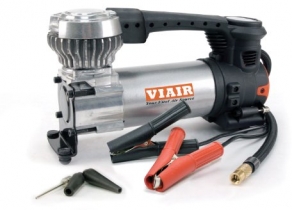-
Welcome to Tacoma World!
You are currently viewing as a guest! To get full-access, you need to register for a FREE account.
As a registered member, you’ll be able to:- Participate in all Tacoma discussion topics
- Communicate privately with other Tacoma owners from around the world
- Post your own photos in our Members Gallery
- Access all special features of the site
Snatch Block vs Shackle Ratings
Discussion in 'Recovery' started by GuacIsExtra, May 15, 2023.


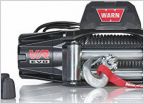 Winch wiring: Input needed
Winch wiring: Input needed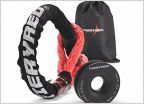 Recovery Gear Suggestions
Recovery Gear Suggestions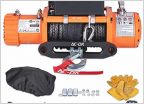 AC-DK 13500 LB Winch Mounting
AC-DK 13500 LB Winch Mounting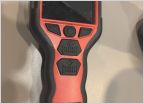 Battery issues on warn Xeon platinum wireless remote
Battery issues on warn Xeon platinum wireless remote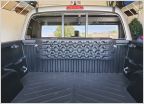 I only have 2 traction boards, in a recovery....
I only have 2 traction boards, in a recovery....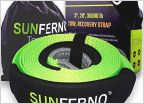 Thoughts on Sunferno Recovery Strap
Thoughts on Sunferno Recovery Strap




